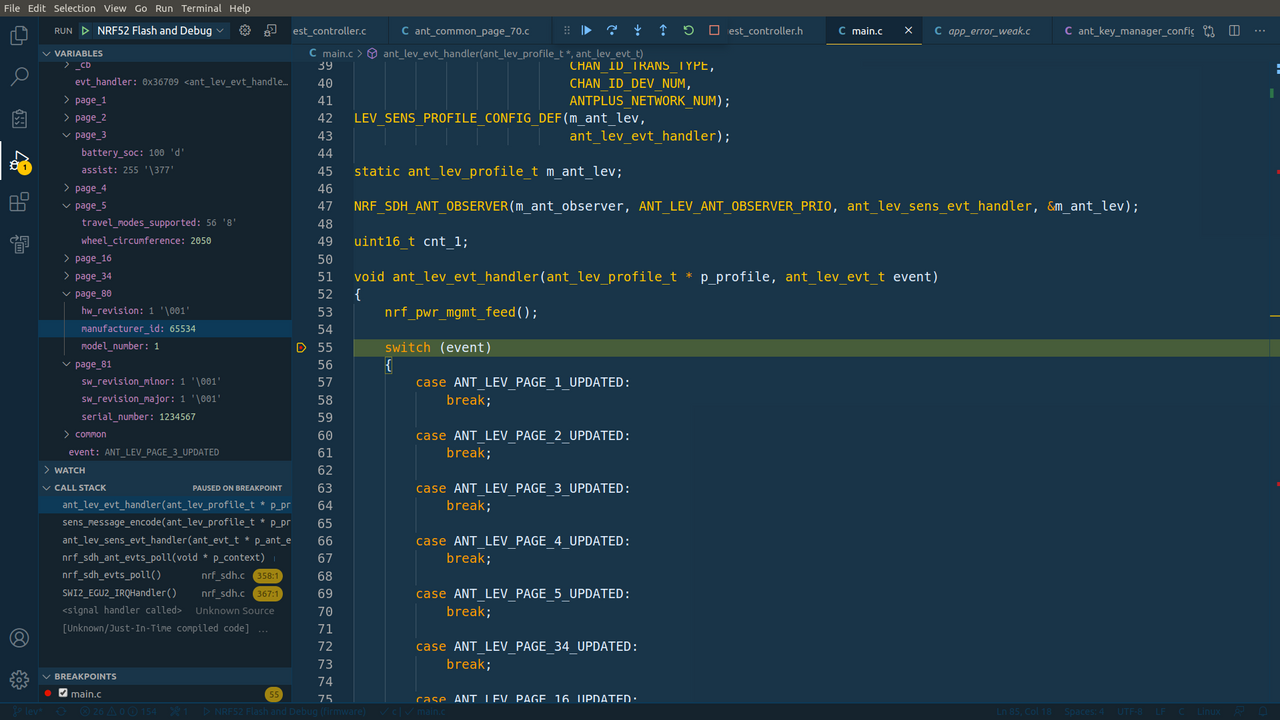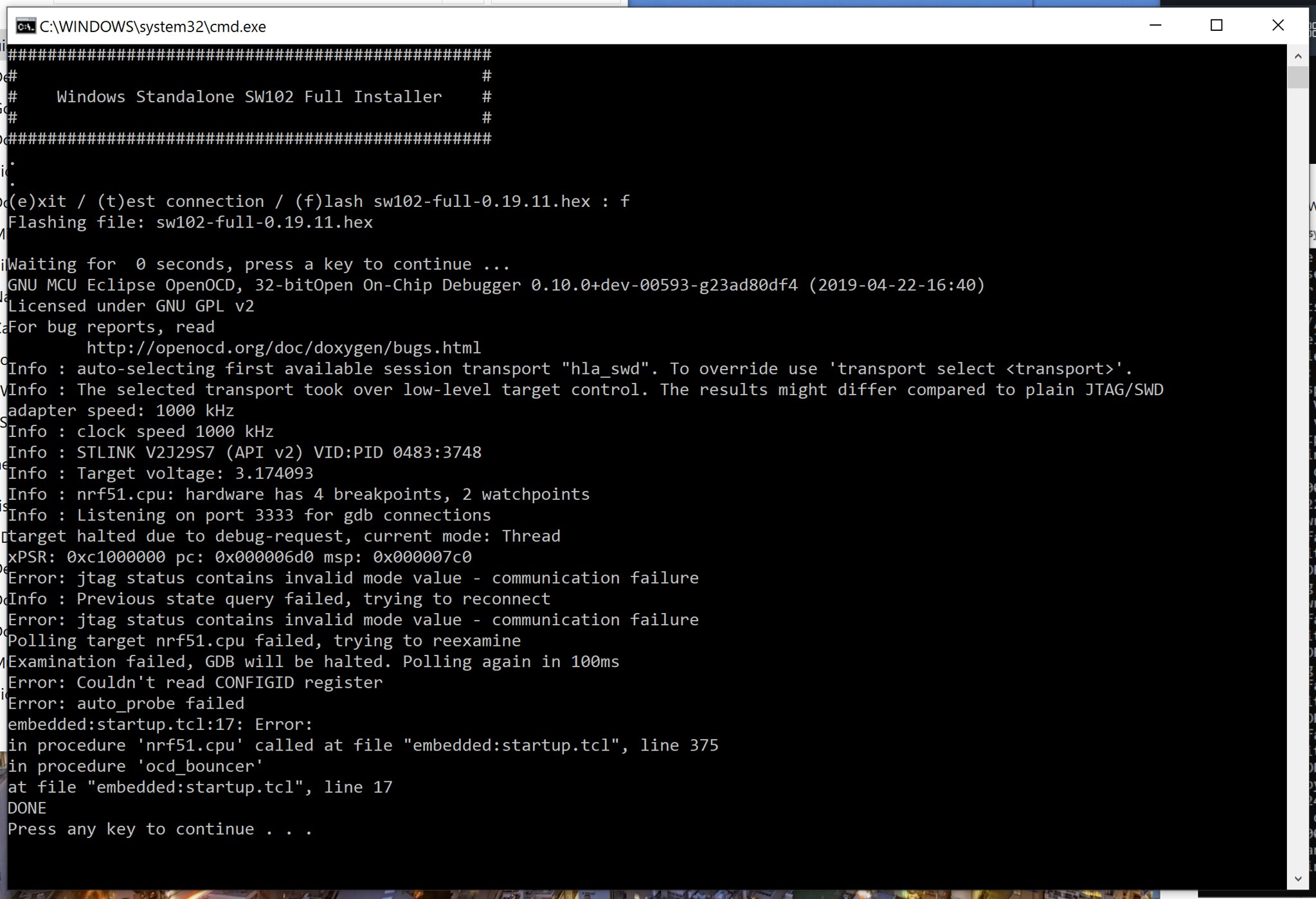Hello and special thanks for everyone's contribution to this amazing firmware and work!
Im currently running the vlcd5 version of OSF with the temperature sensor installed,and planning to upgrade to a better display!
However Im really short on cash and Im really considering if the 860c display is really worth it comparing the price of it(around 50€) to that of the kt-lcd3(23€ on pswpower) .
Will the 860c display bring so much more to the operation and features of the motor and hence the higher price is justified,or does it just mainly bring better looks?I've looked at the changelogs and I dont see much,compared to versions that the kt-lcd3 is compatible with.
I just want something that is more functional than what I have now and I dont pay attentions to looks.
Any help/suggestions are greatly appreciated!
Lastly as I mentioned above I think that the latest version that is compatible with kt-lcd3 is v0.20,correct me if Im wrong!
Im currently running the vlcd5 version of OSF with the temperature sensor installed,and planning to upgrade to a better display!
However Im really short on cash and Im really considering if the 860c display is really worth it comparing the price of it(around 50€) to that of the kt-lcd3(23€ on pswpower) .
Will the 860c display bring so much more to the operation and features of the motor and hence the higher price is justified,or does it just mainly bring better looks?I've looked at the changelogs and I dont see much,compared to versions that the kt-lcd3 is compatible with.
I just want something that is more functional than what I have now and I dont pay attentions to looks.
Any help/suggestions are greatly appreciated!
Lastly as I mentioned above I think that the latest version that is compatible with kt-lcd3 is v0.20,correct me if Im wrong!



